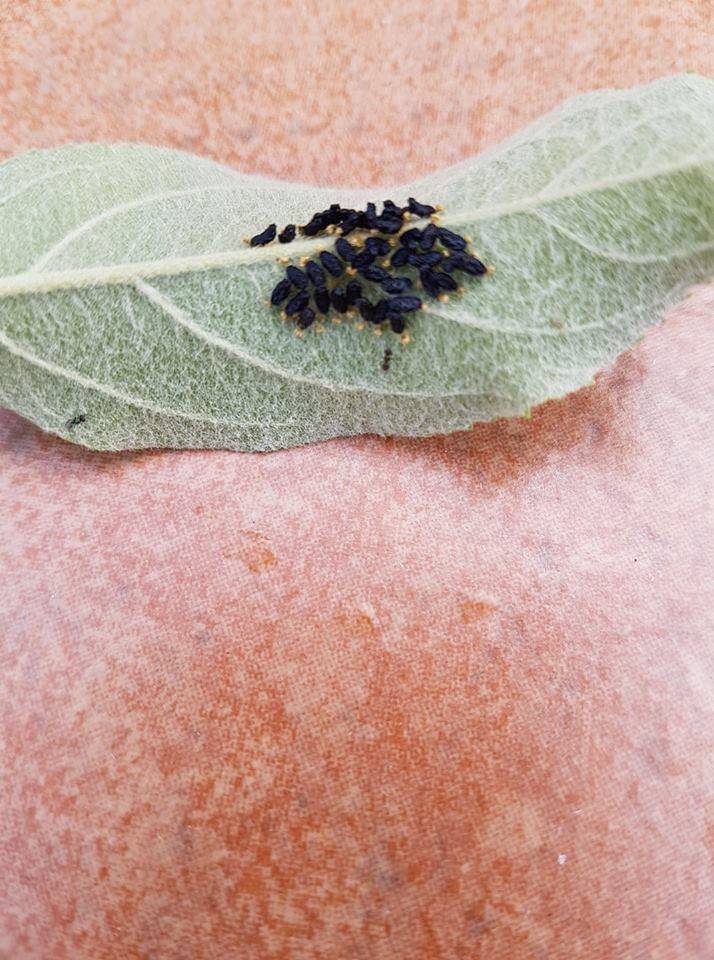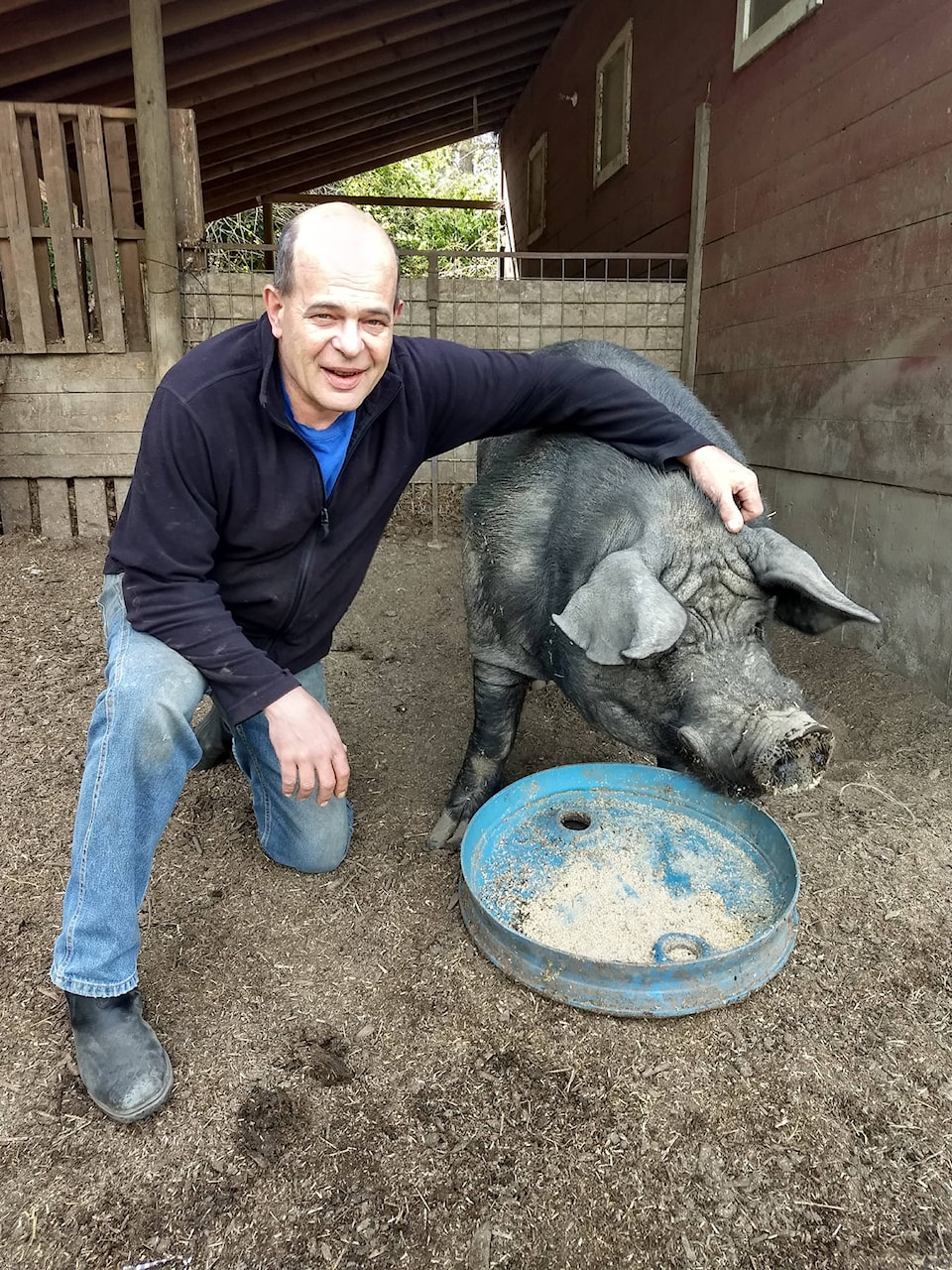Vicki Issott didn’t know why the leaves on her tomato plants were curling in on themselves. So she turned to Farm the Kootenays for help.
And the Facebook group didn’t disappoint.
“Might be herbicide contamination,” suggested one reader.
“[It’s a] virus, using calcium helps to prevent, but your gonna need a fungicide,” said another.
More members of the Kootenay’s largest online farm group chime in with ideas. Too much water. Too much sun. Maybe voles. Or tomato bugs. Or even cucumber mosaic virus.
“Do you smoke?” asked a member called Charity Bee. “Tomatoes hate nicotine… weird but true.”
It’s a typical day on Farm the Kootenays, one of the largest Facebook communities in the area, with over 11,700 members.
A community group for people who grow things in the Kootenays, the seven-year-old page has everything, from people seeking remedies for slugs (“Plant green onions around the perimeter”) to people looking to sell goats, dogs, hay, and used farm equipment. People look for recommendations for services, or have skills to offer the region’s widespread mixed-farm culture.
It all makes group page founder Jim Ross happy.
“I am just so pleased that the community has embraced the group and turned it into what I hope it would be: a supportive group, lots of exchange of ideas and knowledge, and sharing practical things like equipment,” says Ross.
Ross calls himself an “accidental farmer”, who bought some property near Slocan Park about 14 years ago, and starting collecting a few animals- chickens, sheep and pigs, notably.
He fell in love with farming and his operation grew, and he started a blog recounting his experiences. But he wanted to try to create a more social network for Kootenay farmers.
“There was another group in the area doing sort of homestead, survivalist stuff, with farming in the middle,” he says. “There just wasn’t around much to connect local small farmers and people who were keen, so I said ‘What the heck, I’ll take a stab at it.’”
That “stab” has brought thousands of farmers, farm hobbyists, farm supporters and gardeners under Farm the Kootenay’s umbrella. Ross says there are members from across the southern interior, Alberta, and even into northern Washington and Idaho.
“I think there’s a real move these days for being somewhat self-sustaining, and there’s also a lot of people, young people who want to get into it,” he says, explaining its popularity.
“But they don’t have the resources, and don’t know where to start.
“So it’s great for that. It’s a good way for folks to buy and sell farm animals, farm products, supplies for raising animals, and raising vegetables and fruit.”
Facebook pages can get unruly, and conversations spin off into arguments and insults. But Ross says his experience has been pretty positive, even as the site has grown.
“When I first started the group, there was a little bit of that that went on, and for quite a few years I was the only admin,” he says. “But I put my foot down, and said there would be zero tolerance towards that kind of thing. You get one warning, and you get blocked from the group.
“The group has become somewhat self-policing. When someone is nasty, rude or unhelpful, people will say just that.”
The supporting attitude has helped create a community of farm folk who help each other, says Ross. He recalls a young family from the East Kootenay that had fallen on hard times, and were willing to work for food and supplies to feed themselves.
“They posted saying they were willing to help on a farm in exchange for food. They were looking for laying hens and a few things,” recalls Ross.
“A bunch of members of the group pitched in and raised some money and they got a bunch of different farming-type supplies and food supplies, and drove all the way form Nelson-Salmo to Golden to take it to them. It just floored this young family, and helped them out a whole lot. It’s not uncommon.”
Ross says even he has benefited from the generosity of the Farm the Kootenays community. He came home one day to find out thieves had cleaned out his freezers of his freshly-butchered hogs.
“I was getting ready to sell it, and I really needed that money at that point. I was just floored, pretty upset,”he recalls. “I posted to the site that I had been broken into and someone had stolen several thousand dollars of pork from me.
“And I started getting e-transfers from people. In the end I received enough transfers I was able to cover my mortgage for that month. That was huge for me, big.”
Ross points out the Kootenays agricultural base was hit hard by the Columbia River flooding in the 1960s, and the farm economy shrank in many areas. Few areas are self-sustaining, and farmers have to trade, share or exchange things like feed, equipment and seed to survive.
“We don’t have a big bread basket anymore,” he says. “We have nowhere where we grow a lot of hay, grain, or inputs for farms. We have to get hay from Creston, Grand Forks and beyond.
“And because there hasn’t been a strong agricultural scene in our part of the world for quite some time, we don’t have a lot of government resources, like agriculture outreach.
Farm the Kootenays helps that goal by helping people share knowledge and resources.
“It is very difficult in this area to find information, and people go and search on the internet to try to find answers,” he says. “But when you don’t know anything and you’re starting from absolute zero, you don’t even know where to look.
“So that sort of thing, pointing people to resources, giving very general advice, and part of it is just general encouragement, is what Farm the Kootenays does.”
“It lets you know you’re not alone, you have someplace to go.”

